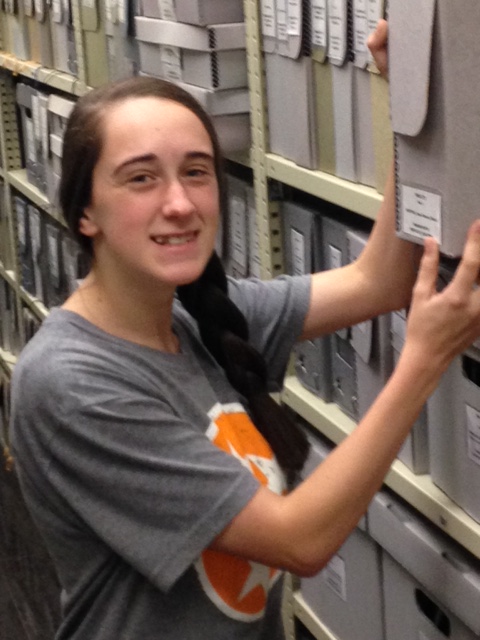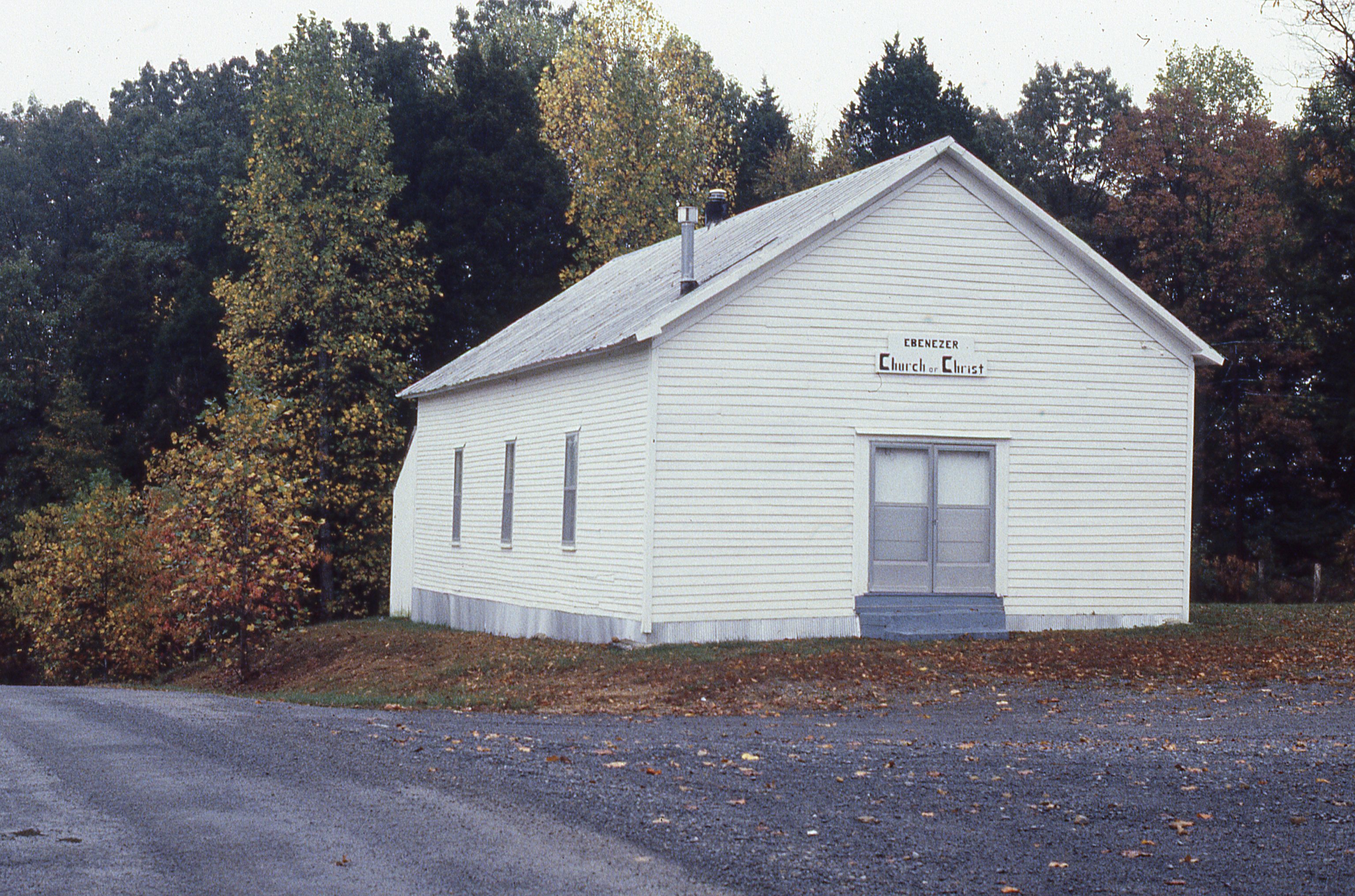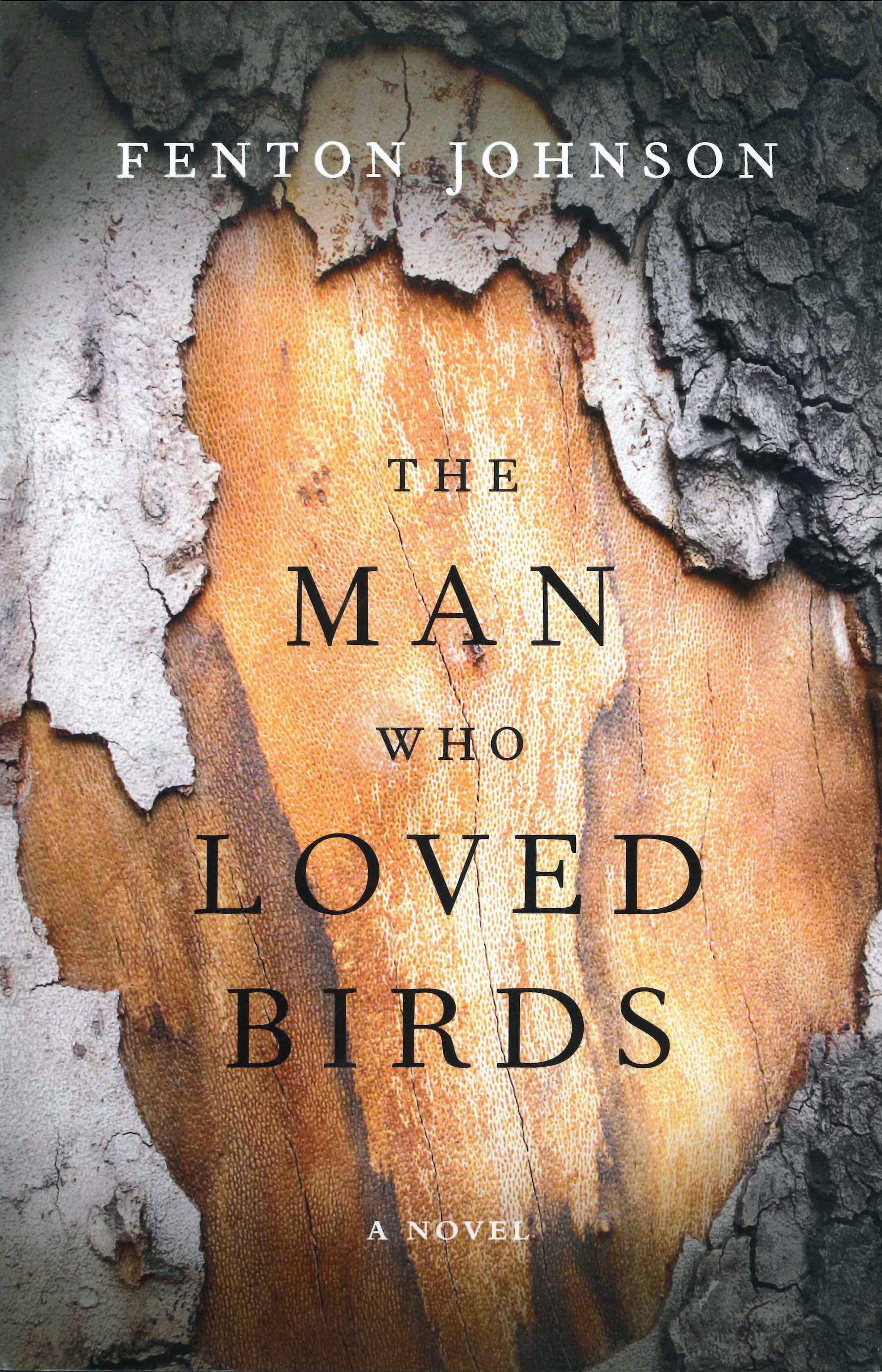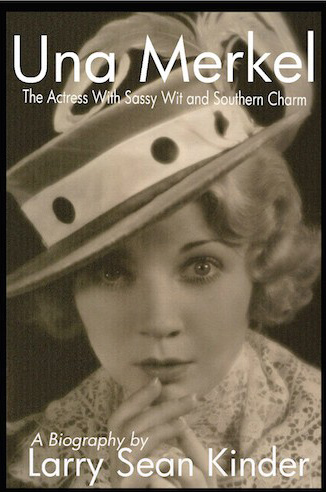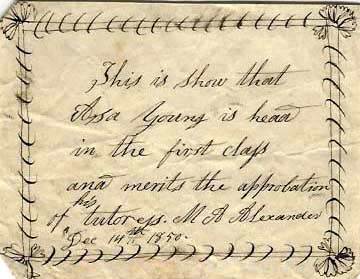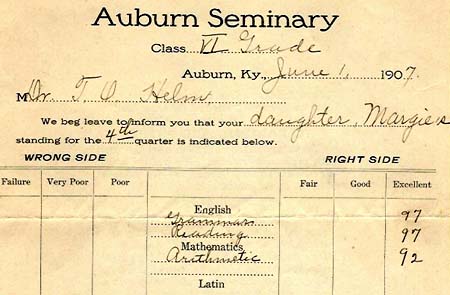My name is Brookelyn Smith and I am a student at Western Kentucky University, majoring in History and Social Studies. During the fall semester of my third year on the Hill, my adviser made mention of an internship that I could possibly procure for the following semester. When the spring 2017 semester began, I applied for and received an internship with the WKU Department of Library Special Collections, working in the Manuscripts unit. The primary project I worked on during my time as an intern consisted of composing an online gallery of images for two Kentucky counties (Allen and Monroe) from a collection about historic structures, taken from a geographic survey done by Albert Petersen during the 1970’s and 1980’s. This included selecting images from slides that were good representatives of the collection, scanning the
slides into the computer, collecting the pertinent information for each slide, and uploading all of this onto an informational site on the department’s website. In addition, information was gleaned from the collection and sources in the Kentucky Library Research Collections to upload historical overviews of the respective counties to the site. An overview was included in the collection for Monroe County, but I compiled sources and wrote the overview for the history of Allen County. Here are links to the informational sites for each county, including the image galleries, historical overviews, and bibliographies of sources in the library:
In working on this project, I learned a great many things. First, I learned that the Library Special Collections contains and has access to an absolute wealth of information. All kinds of records, genealogy, maps, posters, artifacts, histories, etc. are held in this library. Beyond that, I learned that there is constant work in documenting this information, organizing it, and making available for the public to see. My internship gave me a glimpse into the formulation of a website and my first encounter with publishing work online. There is a great deal of satisfaction that comes from making local history and information available to the public. In addition, I became interested in looking at the local history of each of these counties. Allen County was particularly interesting to me because my grandparents hail from Scottsville. So throughout the process, I gained insight into the structures within that county. Also, I learned a great deal about the history of that county through reading books to write the historical overview. As a history major, I appreciate this focus on local history, as it is the foundation of our present society. Finally, I had enough time to begin gathering information for a project that will eventually involve creating a biography for Douglas Keen, who was an alumni and member of the Board of Regents at WKU. Beginning this project gave me exposure to some of the history of WKU, which, of course, is very interesting to me as a student of that university.
The experience of interning with the Manuscripts unit is certainly one that I will value and remember. I have gained knowledge, skills, and insight from working on the Albert Petersen collection and creating a site for the information, and I am grateful to have done so. I am also very grateful to Dr. Delroy Hire who sponsored my internship. As a graduate of WKU and a forensic pathologist, he continues to support the University in various ways. Under his sponsorship, I was able to gain a wonderful experience, and provide Dr. Hire and others with insight into some of Kentucky’s local history. If a student wishes to obtain information about this internship, they can contact the Department Head, Jonathan Jeffrey, by phone at (270) 745-5265 or by email at jonathan.jeffrey@wku.edu.

